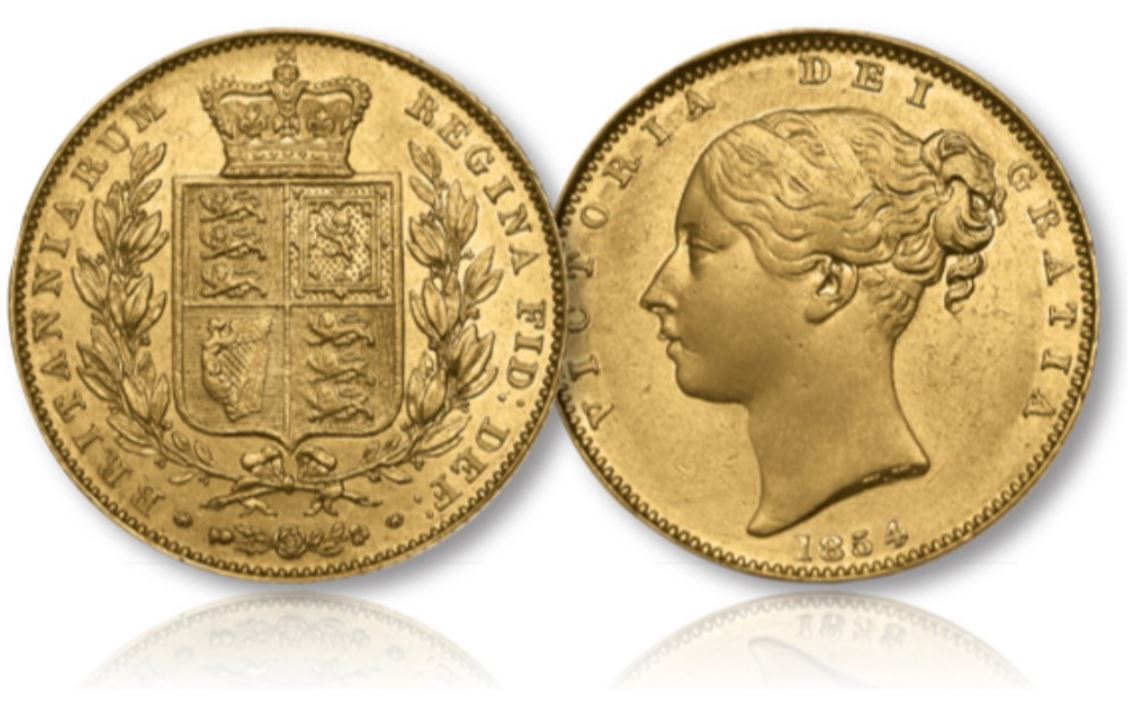
Ask all the collectors of Britain’s coinage from the Victorian era who they thought was our greatest ever coin designer, and chances are one name would surface every time – William Wyon. Here, we take a look at his early life and most famous works.
Early Life
William Wyon was born in Birmingham in 1795, the son of a die engraver. At 14 years of age, he became an apprentice to his father at Matthew Boulton’s Soho Mint. In 1816, he moved to London and started to study the works of John Flaxman, a British sculptor who was a leading figure in British and European Neoclassicism. William’s uncle, Thomas Wyon (Senior), as well as his cousin, Thomas (Junior), were both employed by the Royal Mint.
In 1816, his cousin was made Chief Engraver and William entered a competition to become Second Engraver. The piece that he entered, which was a bust of King George III, was rejected by the Master of the Mint, William Wellesley-Pole, as he did not want to employ any more of the Wyon family. Luckily for William, the competition was judged by artist Sir Thomas Lawrence, and he won.
His Work
William Wyon became Chief Engraver for the Royal Mint in 1828. He created dies for coinage for George IV and William IV, which were based on busts by the sculptor Francis Chantry. Probably most notable of his early work was his design of the William IV Coronation Medal, in 1831. But he rose to prominence through his portraits of Queen Victoria. She first sat for William Wyon when she was just 15 years of age, and it was his portrayal of her that found its way onto British coinage that came into circulation in 1838.
The first portrait has come to be known affectionately as the “Young Head” portrait, and was so loved by the Queen that it remained the image on her coinage until she was a grandmother in her late 60’s. The mark “WW” appears on the truncation of Victoria’s neck.
In 1837, Wyon designed a medal for Queen Victoria’s visit to the City of London. The image was similar to his “Young Head” portrait, but shows the Queen wearing a diadem. It was this design that was to form the basis for the image that would appear on the world’s first adhesive stamp – the Penny Black. This design was used on British stamps until Victoria’s death in 1901.
He went on to design the world famous 1839 “Una and the Lion”, depicting the young Victoria in the guise of Una. In 1851, Wyon designed various medals that were awarded at the Great Exhibition of 1851, held at Crystal Palace.
A Serious Loss
William Wyon was prolific in his work, being the engraver behind at least 43 different coins that were issued in England and numerous British colonies. His work ethic likely led ultimately to his death in August 1851. The excellence of his work was carried on by his eldest son Leonard Charles Wyon who was also an engraver of some note.
His death can probably be summed up by his most famous subject, Queen Victoria, who upon hearing the news, wrote in her diary:
“I grieve to say that the excellent, talented man, Mr Wyon, who modelled the medals, is no longer alive. He was medallist to the Mint and will be a serious loss.”
We have the opportunity for you to own one of William Wyon’s most famous creations, featuring the “Young Head” portrait. The Queen Victoria Gold Sovereign of 1838-1874 can be secured HERE.


